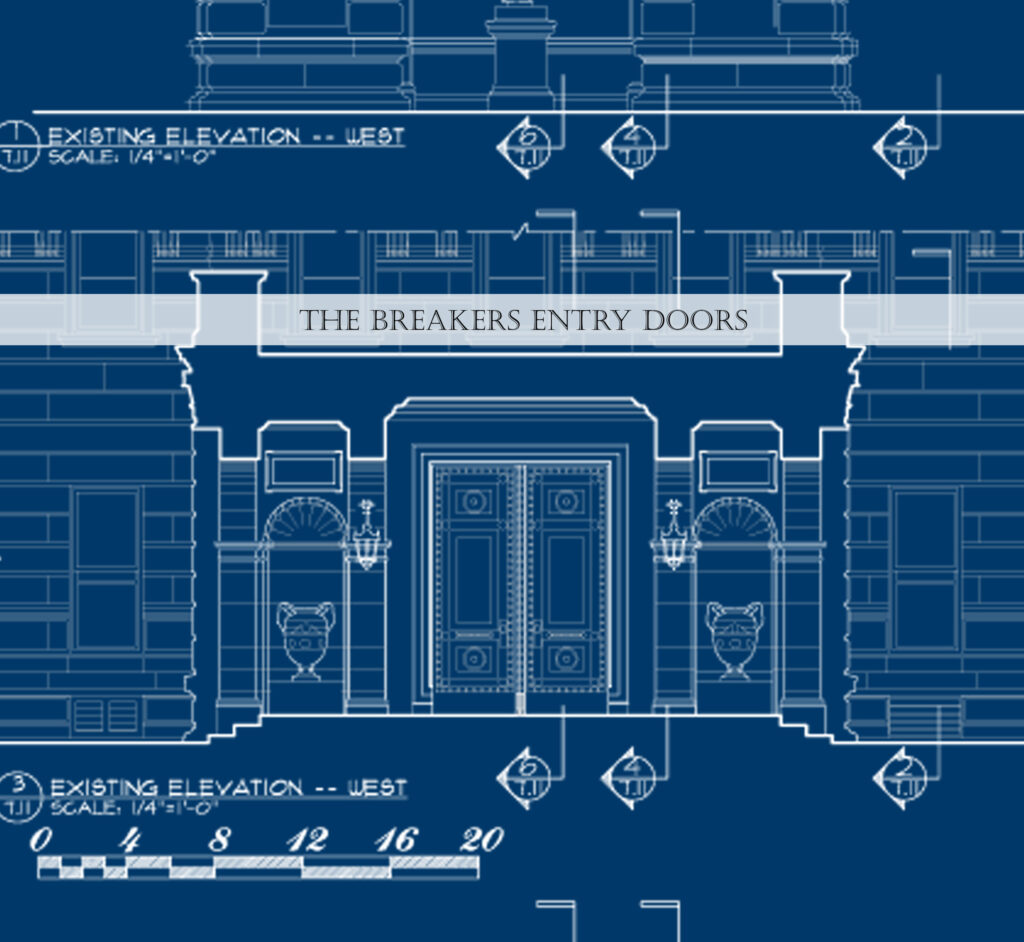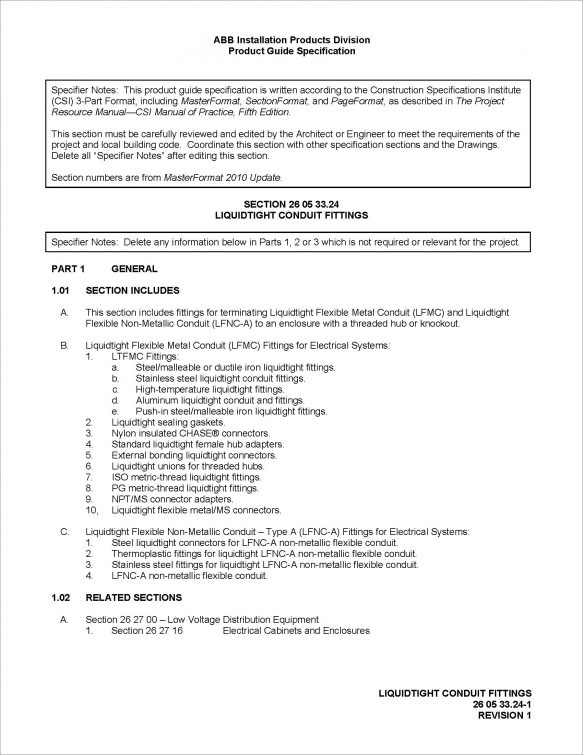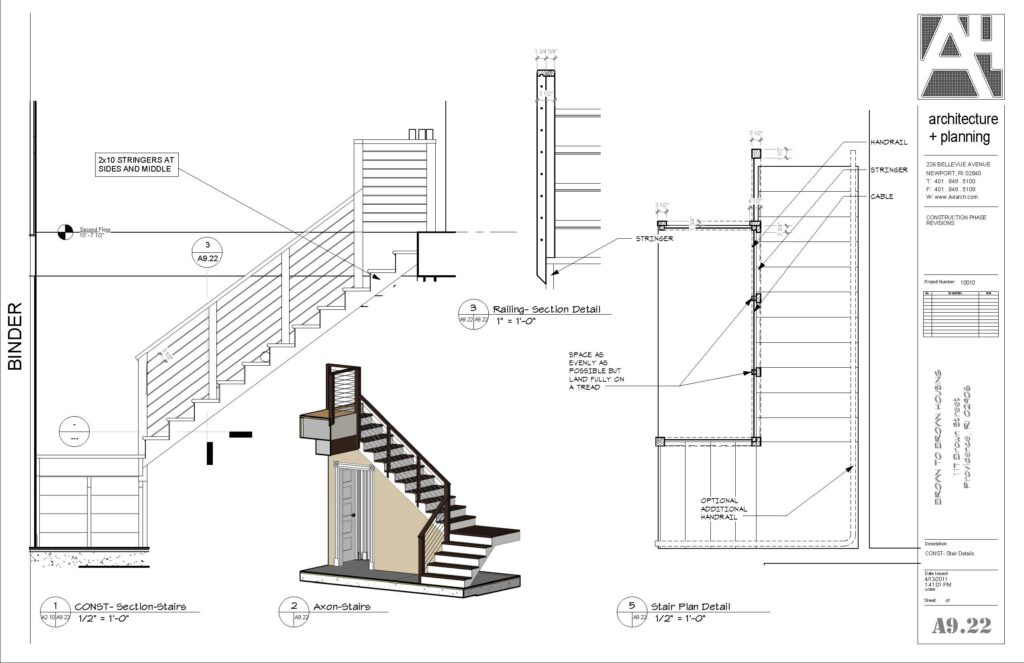In past Archi-TEXT articles, it has been discussed that one of the prime contributions an architect can make to a project and the key determinate of how successfully the construction project will go is the quality and completeness of the construction documentation.
But what comprises these “Construction Documents” (CDs)? This will vary from project to project but, in general terms, construction documents are the collection of contracts, construction drawings, specifications, and other materials that are needed to accurately explain to an outside contractor precisely what materials are to be used to execute a design. They define what the completed construction should look like as well as how it should perform over time. It is, to use a metaphor many will understand, the complete “recipe” for the project.
Small projects may only require a minimal set of documents, whereas a large project may require many hundreds of sheets of drawings with thousands of pages or specifications, general conditions, and contracts. No set of documents can ever encompass every single detail of the work that will be done, but the more complete the documentation, the fewer change orders there will likely be, and the more likely the owner will get the final project at the price they were offered at the time they selected their contractor. So, although each set of construction documents will be tailored specifically to each particular project, there are various elements that should be included in one form or another into every set.
One important element that is frequently neglected in a set of construction drawings is the contract itself. This document outlines who the various parties to the contract are, what each of their responsibilities is, what constitutes the design drawings, and what the amount of financial compensation is to be, among many other items.
Contractors will frequently offer their own abbreviated contracts requesting a third upfront, a third in the middle and a third at the end. While these highly simplified versions may work fine for extremely small renovations, they fail to give owners and architects adequate control and protection for medium or larger projects. We strongly recommend various American Institute of Architect (AIA) contracts, as these have been professionally prepared, well-tested in the courts, and are updated over time to meet current building approaches and techniques. Contractors are familiar with them so there will generally be no objection to using them, as they are considered to be reasonable and fair to all parties. Another advantage to them is they cost a small fraction of what a custom legal contract written by attorneys would cost.
Frequently, either integrated into the base contract or listed as a separate referenced document, there will be a set of General Conditions. This is a set of guidelines covering a wide manner of issues including safety, code compliance, insurance, protection of the property during construction, and perhaps a hundred other small issues that it is important to get the legal commitment of the contractor to pay proper attention to.

The next important component of the CDs is the construction drawings. This is the abstracted documentation of the construction work to be done in graphic format. This may include code analysis, site plans, demolition plans, construction plans, electrical and reflected ceiling plans, furnishing plans, exterior and interior elevations, door and window schedules, and all manner of sections and detailed drawings as the architect feels is necessary to document the design so that it can be built by a team of people who have not participated in any of the design discussions with the owners. These drawings are traditionally known as the “blueprints,” as they were once printed on large sheets of paper using a diazo and ammonium process that made either the lines or background blue, but that technology is no longer used.

The last main component of the CDs is the Specifications. This is the compendium of products, fixtures, materials, and appliances that have been selected to work together with one another. For a large project, these Specifications may be written in a three-part specification format that will be described in three separate parts. Part 1 is a general description of the components defined in a particular specification; Part 2 lists the products which are specifically approved for that specification; Part 3 describes the proper execution of the work. Since there are hundreds (if not thousands) of component parts to a building, a three-part specification can be many hundreds of pages in length and can come across as more legal in character than actually of much use to the contractor.

A second approach is called “outline specifications.” In this alternative approach each material, fixture, or appliance is identified by its Construction Specification Institute (CSI) code and then the cut sheet for that product listing its manufacturer, the finish, details, and perhaps other important information that is critical to the contractor in executing the work.

Altogether, all these materials are bound up into a bundle defined as the Construction Documents. Although extensive, technically complicated, and therefore boring for most building owners, the completeness, clarity, coordination, and correctness of these documents will be of crucial importance in getting the building the owner is expecting to get at the price they are expecting to pay. To undertake this very involved and detail-oriented work can take hundreds of hours and cost almost half the architectural fee. This step, when skipped or scrimped, can end up costing the client far more in change orders (which are additions or changes to the project) and delays to construction as coordination issues are worked out on the job site. Good and complete construction documents are essential to the proper execution of the design and the successful delivery of a project on time and on budget.
Looking to renovate your space or create a new one? Let’s connect.
Join the Architectural Forum to stay up-to-date with architectural news from Rhode Island and abroad.

Hi Ross,
Interesting. In second to last sentence you say this step when skipped and scrimped can end up costing the client for more – should be far more – in change orders.